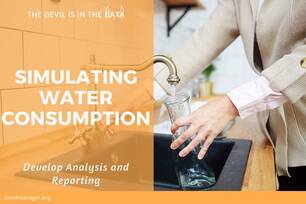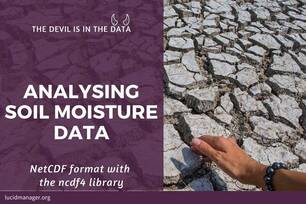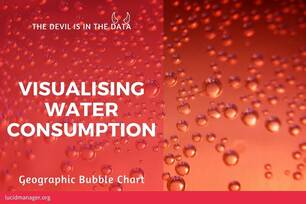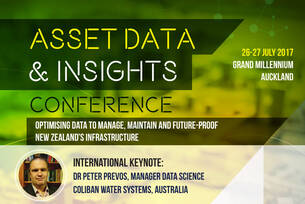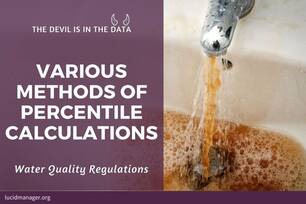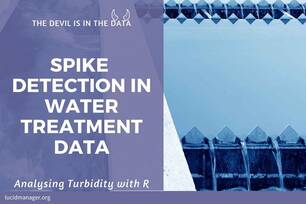Hydroinformatics: Data Science for Water Utilities
Managing reliable water services requires not only a sufficient volume of water but also significant amounts of data. Water professionals continuously measure the flow and quality of the water and how customers perceive their service.
Data and water are, as such natural partners. Water utilities are awash, or even flooded with data. Data professionals use data pipelines and data lakes and make data flow from one place to another. Hydroinformatics is the activity of using data to solve problems related to water.
This series of articles shows how to use the R language to solve water problems. If you like to learn how to use the R computer language to solve water problems, then consider reading Data Science for Water Utilities.
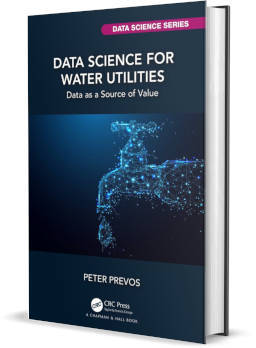
Data Science for Water Utilities
Data Science for Water Utilities published by CRC Press is an applied, practical guide that shows water professionals how to use data science to solve urban water management problems using the R language for statistical computing.



